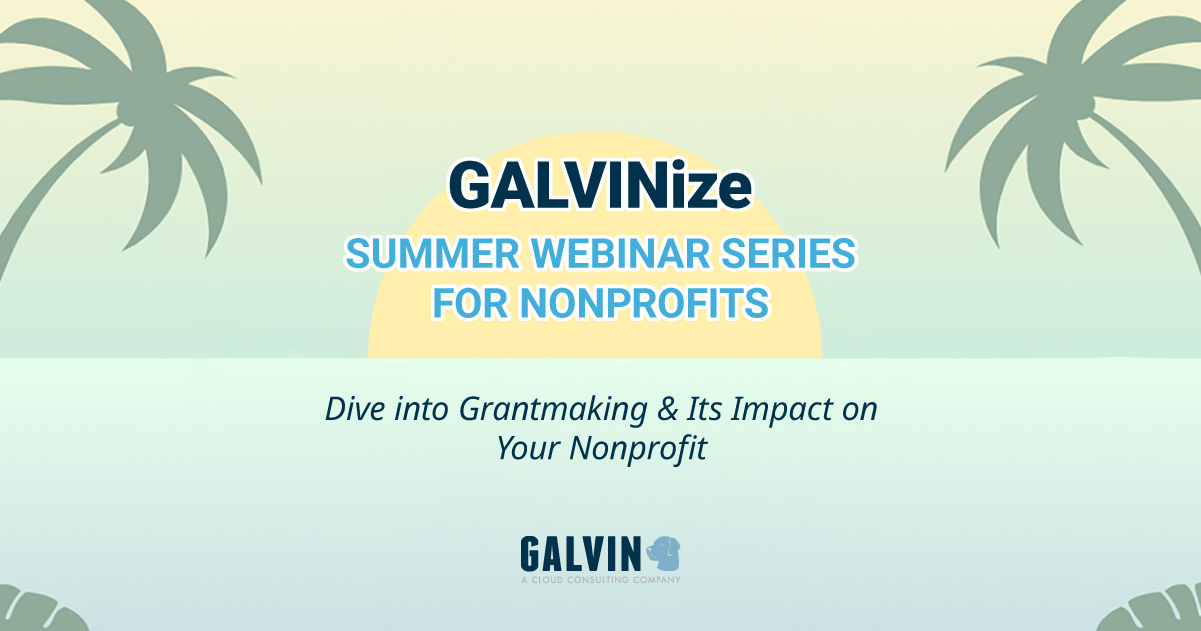Do You Need Pardot? Find Out With These Four Questions
“We’ve got Salesforce. Why do we also need Pardot?”
This is one of the questions we receive most often and we understand why. Salesforce is the world’s premier CRM and offers endless potential for an organization. With constant development of new features, the AppExchange for enhanced functionality, and a fully customizable platform, the only limit for Salesforce within a business is imagination. How could something already great get even better? The answer is Pardot. Integrating Pardot’s marketing automation capabilities with Salesforce’s dynamic CRM features creates automation for targeting more leads with better content. This intelligent approach to marketing improves spend effectiveness, increases customer conversion, and decreases wasted manhours. Is your organization ready for Pardot? Here are four key questions we ask for assessing if Pardot will be a valuable addition to a business:
1. How would you grade the quality of your leads?
This generally prompts a lively discussion between marketing and sales teams. Marketing often has targets for quantity and quality of leads generated. Sales is measured against hitting revenue goals. Pardot supports the metrics and goals of both sides. The platform eliminates the “more is less” approach through which sales receives all leads and wastes time finding the prospects with selling potential. Overspending on campaigns to generate mediocre leads also goes away. Instead, the system helps marketing nurture leads through ongoing targeted communication to identify highly qualified prospects worthy of a sales rep’s time.
With Pardot, the teams establish lead quality control using the system’s grading and scoring features. Grading assigns each lead a grade based on the ideal customer profile. This could include characteristics like geography, industry, or company size. Scoring assesses a value based on a lead’s interest in the product or service. Scores derive from lead engagements like requesting a demo, visiting a certain webpage, opening an email, downloading a white paper, and much more. Only leads meeting the thresholds set by the marketing and sales teams become qualified. As a result, Sales gains more time for working good leads while marketing narrows their focus to create them.
2. How do you evaluate campaign performance?
Typical campaign results include number of visits, click-through rates, open percentages, and volume of leads generated. These are all good metrics, but something very important is missing from the list – ROI. Pardot, integrated with Salesforce, translates clicks into revenue. Prospect tracking starts immediately from the first introduction with a business all the way through to the sale. Because each interaction gets traced, marketers can directly evaluate the effectiveness of each campaign in terms of pipeline growth and revenue.
3. How effectively are you nurturing your leads?
Many companies without marketing automation send emails to a prospect distribution list on a predetermined cadence. When doing it this way, tailored messaging is limited and companies risk sending meaningless content to qualified individuals. Pardot fixes this issue by increasing the value of every send. The system intelligently segments databases and sends relevant emails at the right time. Pardot goes beyond one-size-fits-all marketing by offering a tailored approach which distributes messaging ideal for the unique characteristics of each prospect. Research shows that good lead nurturing generates more sales leads at a lower cost. According to The Annuitas Group:
- Nurtured leads make 47% larger purchases
- Win rates can improve by as much as 20% on nurtured deals
- Nurture emails are opened two times more often than one-off emails.
4. How well do your marketing and sales teams work together?
Marketing and sales often operate as if a wall exists between them when there should be a window. The teams essentially are different sides of the same coin and need each other to succeed. Integrating Pardot with Salesforce breaks down the communication barriers between the teams. Marketing gains better visibility into the sales cycle through Salesforce. By seeing how and which prospects are engaged, the team can respond accordingly with additional sales support. This may mean throttling marketing communications or introducing new messaging. On the sales side, the team sees all marketing activities from Pardot. Before every interaction with a lead, the salesperson has marketing data to help drive the conversation.
Adding Pardot to Salesforce brings cohesion to the work of marketing and sales. The technology creates collective metrics between the teams and unifies thinking around target audiences. Perhaps most valuable is that the teams become extensions of each other benefitting from shared knowledge, language, and skills. Jill Rowley, Founder and Chief Evangelist for #SocialSelling, says, “The key to successful sales and marketing alignment is aligning to, for, with, and around the customer.” Pardot with Salesforce creates the critical joint focus on pipeline, buyer journey, and revenue difficult to achieve between the teams separately.
These questions generate answers for some companies and more thinking for others. Either way, Galvin Technologies is here to help. This article only covers a few of Pardot’s many great features. Learn more benefits of bringing Salesforce and Pardot together by investing five minutes in “Why Your CRM Should Have Marketing Automation” or reaching out to our team.
Also published on Medium.
— Related Articles —
— Also on Galvin Tech —
Also published on Medium.













